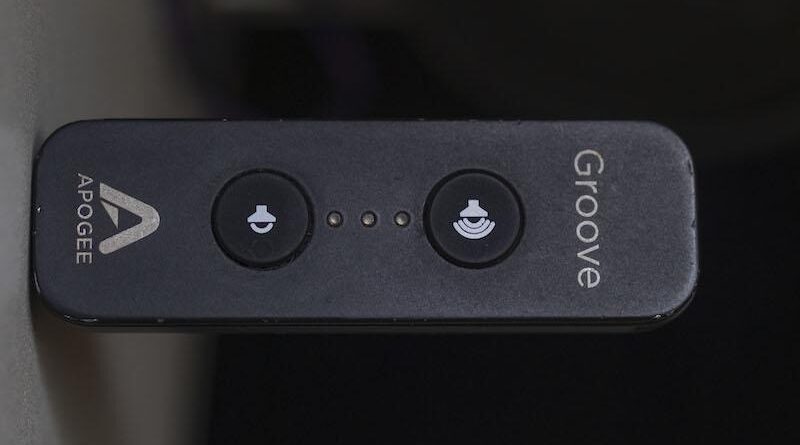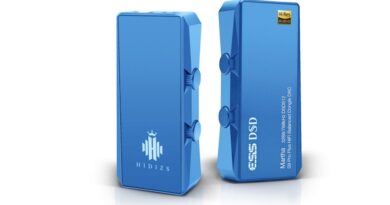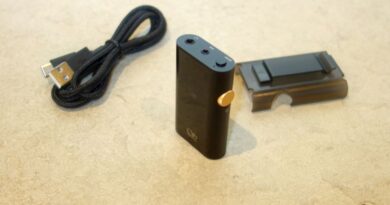The 1/8 Rule And The Apogee Groove – A Tech Discussion
Introduction
The Apogee Groove is a very good sounding “dongle” DAC/amp that replaces a desktop stack for many. It draws its current from the source device and has a rather high output impedance of 20 ohm (the competition is typically < 1 ohm), which makes it problematic for use with low-impedance iems. The manufacturer does not recommend using it with multidriver iems either.
Whilst the laws of physics appear to limit the Apogee Groove’s use, there are some welcome exceptions to the rule(s)…which will be discussed in the following.
General Considerations
The 1/8 Rule
If you multiply the output impedance of your source by eight, that’s the lowest impedance headphones you should use with that source. For example, the Apogee Groove with its 20 ohm output impedance should be paired with >160 ohm headphones.
What if the Output Impedance violates the 1/8 Rule?
There will be variations in the headphone’s frequency response. With some headphones, especially balanced armature or multi driver designs, these variations can be rather extreme. Typical is bloated, boomy bass as the headphone does not get enough power.
Why are BA Drivers problematic (Multis and even single BAs)?
With some headphones, especially balanced armature or multidriver designs, these variations can be rather extreme. Example: these headphones usually have a rated impedance between 16 and 32 ohm but their actual impedance typically varies greatly with frequency. The 21 ohm Ultimate Ears SuperFi 5, for example, ranges from 10 ohms to 90 ohms. These wide variations frequently interact in unfavourable ways with the output Impedance of the source.
What about single DD Drivers?
The impedance variations across the frequency spectrum are not as severe as with BAs…or there is no variation at all.
Apogee Groove only
What is different for the Apogee Groove with single DDs?
The 1/8 rule can be disregarded for single DDs with the Apogee Groove, thanks to Apogee’s special “Constant Current Drive” tech, and not even “in every single pair case”. The CCD technology compensates for impedance mismatches between source and headphones. Without CCD tech all sub 100 ohm drivers you’d connect would have a very noticeable mid bass bump. Apogee Groove won’t alter FR when driving low impedance loads, or higher impedance ones featuring wild impedance swings.
What is different for the Apogee Groove with BAs and Multidrivers?
We would expect the Groove’s high output impedance to alter the BA’s/multidrivers’ frequency responses.
Apogee themselves advise against the use of multidriver BAs and crossover networks as their “Constant Current Drive” technology may result in uneven frequency response when used with certain models.”
Their impedance mismatch compensation does not work with many multidriver BAs. But why?
There may be a conflict between crossover filters (using capacitors) and CCD. The technology may work with non-capacitive filters …or some other trick.
I speculate the the Groove has a better chance of compensating for impedance variations in BAs, if these are not extravagant. Would be interesting to compare the impedance profiles of such BAs that work and some that don’t.
BUT: unless you compare frequency responses measured using Apogee Groove against a low-impedance amp, you don’t know wether your frequency response was skewed, as the deviations may not be that audibly obvious in some cases…considering our generally poor auditory memory and our expectation bias.
Hope this all makes sense to you.
Until next time…keep on listening!

Sources used
Discussion with Alberto and Kazi. Photos by Kazi.
http://nwavguy.blogspot.com/2011/02/headphone-impedance-explained.html
http://nwavguy.blogspot.com/2011/02/headphone-amp-impedance.html







